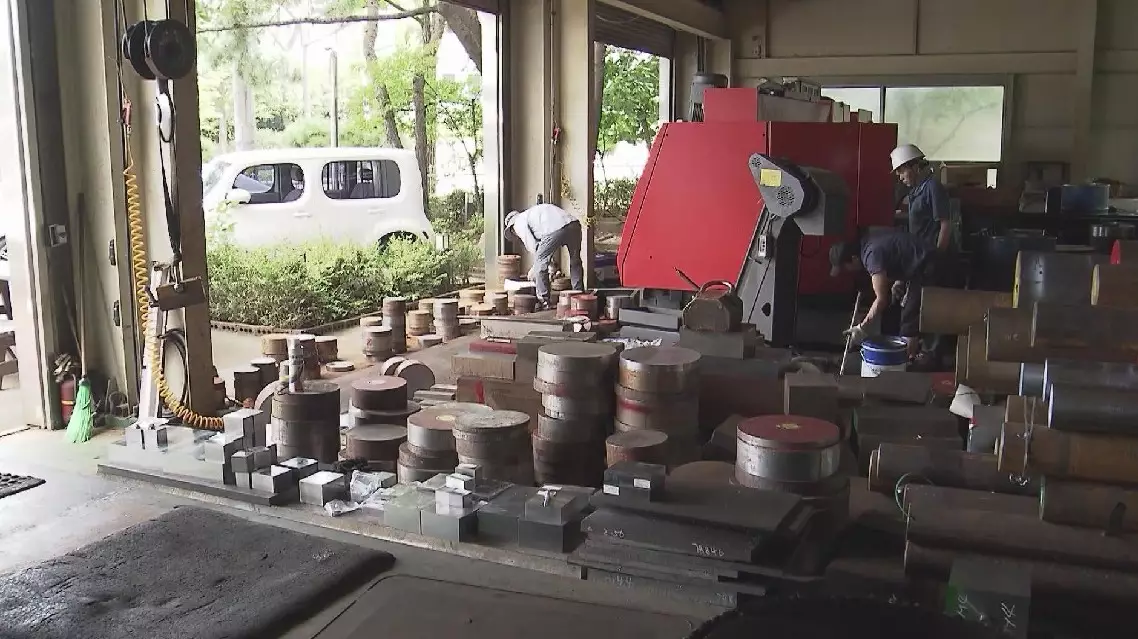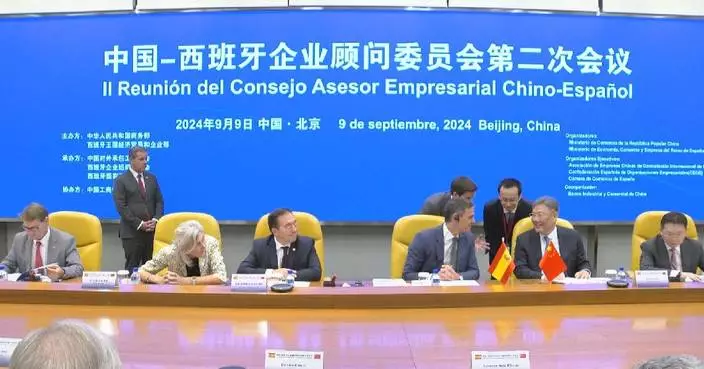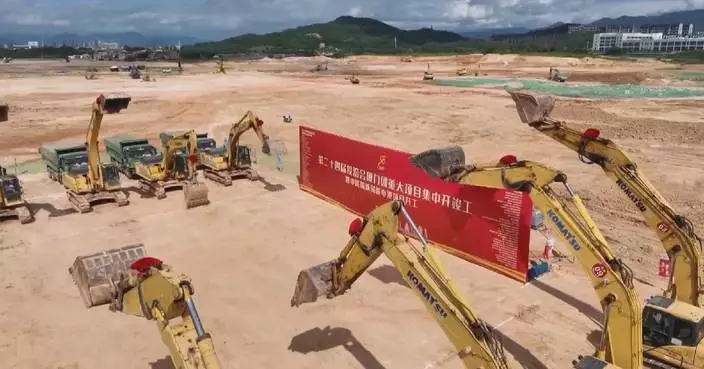Southwest China's Chongqing Municipality is experiencing a surge in international tourists as more countries are added to China's visa-exemption list and more international flights are scheduled.
Chongqing, renowned for its distinctive "8D Magic" and popular attractions such as the monorail passing through buildings and its spicy hotpot, has received more than 510,000 foreign visitors in the first half of this year.
To accommodate the increase in international visitors, Chongqing has introduced different measures, including improving entry and exit procedures and offering convenient transport links with international payment options. These steps aim to provide a smooth travel experience, welcoming guests with open arms and efficient services.
"We'll go around some beautiful mountains and see the local culture, food. I love China," said Merante, a tourist from Australia.
Travel agencies in Chongqing are also expanding their routes and enhancing their services to keep up with the thriving business.
"We provided international tourists with many Chongqing delicacies, such as hot pot, local specialty noodles, and Sichuan cuisine, during their trips. We also introduced new sightseeing projects showcasing Chongqing's unique characteristics, including face-changing in Sichuan Opera and Chuanjiang Haozi (also known as 'labor song'), allowing them to experience the local culture and customs of Chongqing in an immersive way," said Zheng Lidong, a local travel agent.

Chongqing sees inbound tourism boom as China expands visa-free policy
South Korea's small and medium-sized enterprises (SMEs), which comprise the core of the country's economy, are struggling to stay afloat as they suffer from labor shortages and an aging workforce amid challenges including the country's declining fertility rate.
In the country, SMEs account for 99 of the total number of enterprises and around 80 percent of employment, playing an important role in driving economic growth.
However, a lack of young employees has created a lot of problems for these enterprises.
At a steel processing company in Seoul, its core manufacturing jobs, such as steel cutting, products distribution and inventory management, have been severely impacted by a shortage of young workers.
"Many young people don't want to come. Those who were recruited usually only worked here for two years," said an employee of the steel processing enterprise.
According to Statistics Korea, in 2023, the number of employees aged 60 and above in the country's manufacturing industry reached about 599,000, an increase of around 51,000 from the previous year. Meanwhile, the number of workers aged 15 to 20 in the sector was 555,000, down 33,000 from the previous year.
This shows that the number of older workers in South Korea's manufacturing industry has exceeded that of younger workers for the first time since the statistics was first reported in 2014.
Young Koreans these days are shunning manufacturing jobs and seeking employment in service sectors such as catering and accommodation. And the trend has Yoon Dong-yeol, a professor of management at Konkuk University, worried especially as the country has one of the world's lowest birth rates.
"In the medium and long term, the labor shortage will lead to a decline of enterprise competitiveness and a lack of economic vitality. Relevant authorities of South Korea are taking a series of measures to help ease the burden of childcare and encourage childbirth. At the same time, they are also encouraging foreign talents to stay in South Korea for the long haul," said Yoon.
And for many of the smaller firms, a generous pay is no longer enough for them to recruit the people they need.
"Currently, we need at least 20 more workers. We offer 3 million wons (about 2,239 U.S. dollars) of monthly salary, as well as meals and accommodation. However, it is still quite difficult for us to get the people we need," said Cha In-ho, who takes charge of a local small company in Yongin City.
To cope with the labor shortage facing SMEs, South Korea has started since the beginning of the year to admit more foreign workers, who now account for about 3.2 percent of the entire workforce in the country. They are increasing become the main force in manufacturing, agricultural and livestock industries, and service sectors.
"An intermediary agency should be set up, so that when foreign workers come to South Korea for the first time, they can be assigned to in-demand fields in a reasonable manner after receiving (cultural and societal) education. In this way, those who come to South Korea can be hired and take on the posts quickly, helping foreign workers to get employment faster," said Ji Jung-yoon, a professor of management at Myongji University.

S Korea's small firms face labor shortages from aging population










